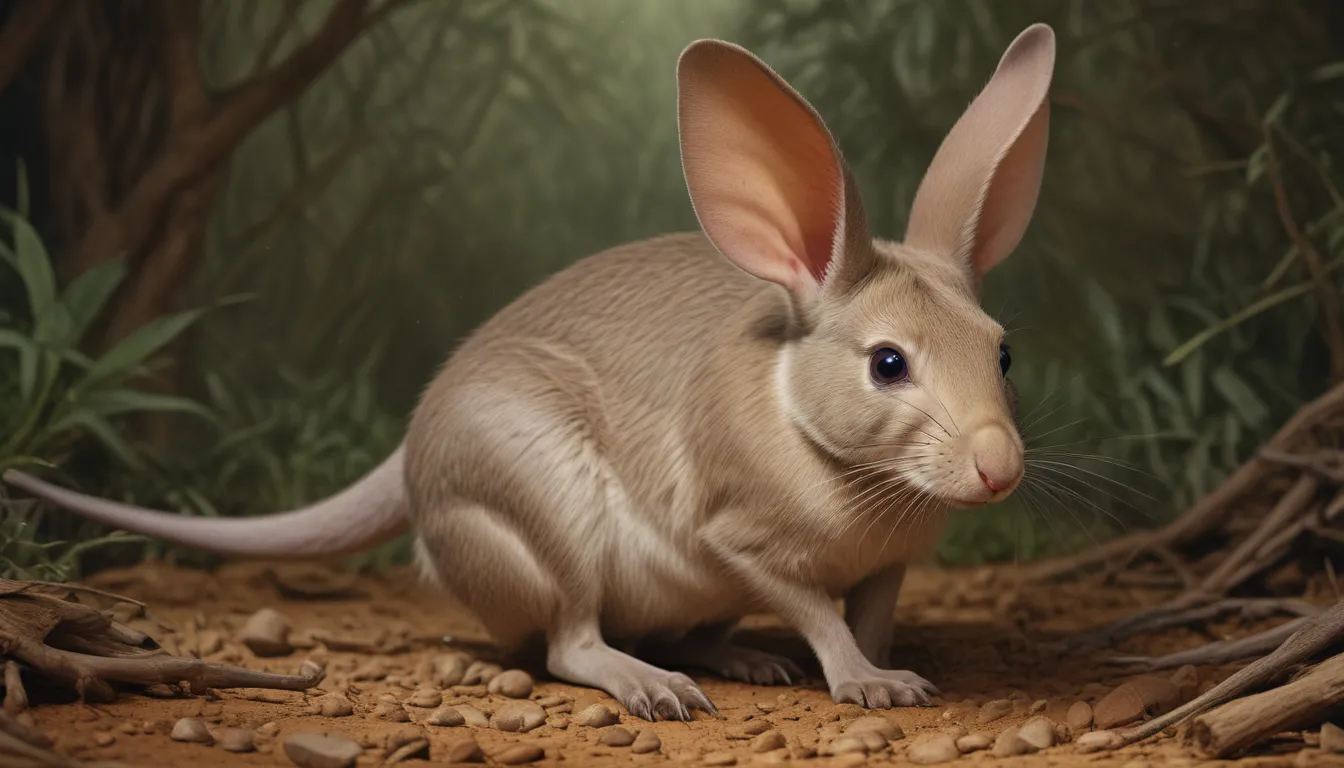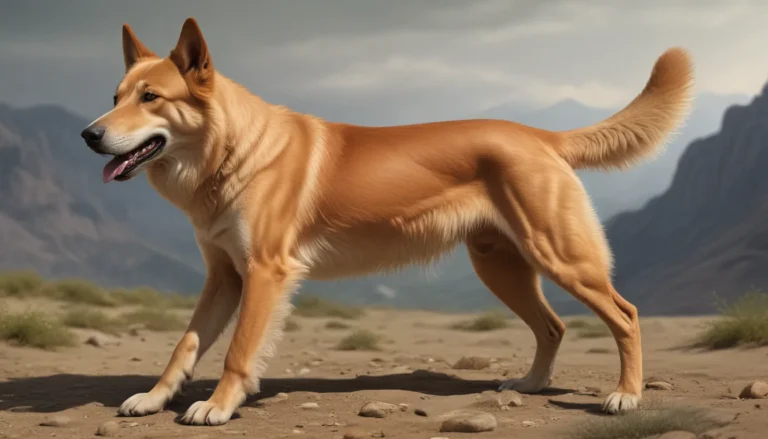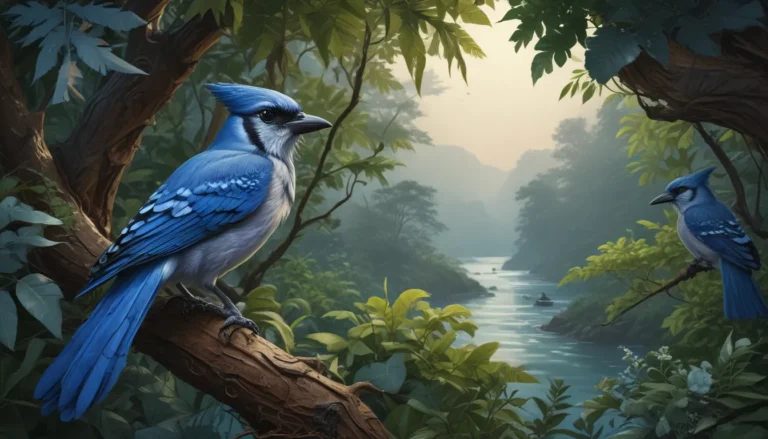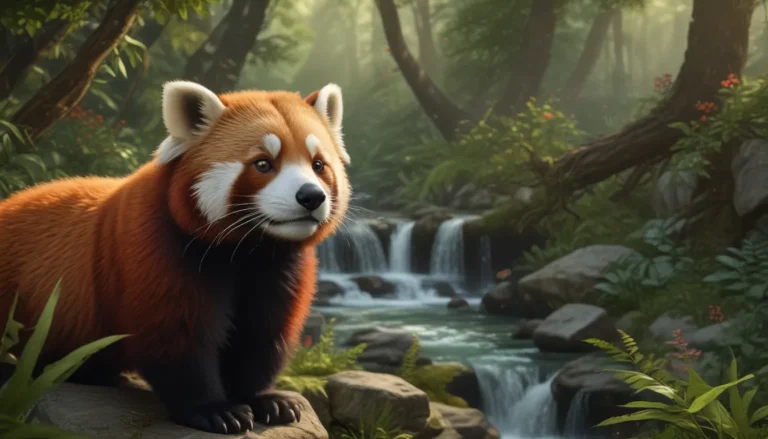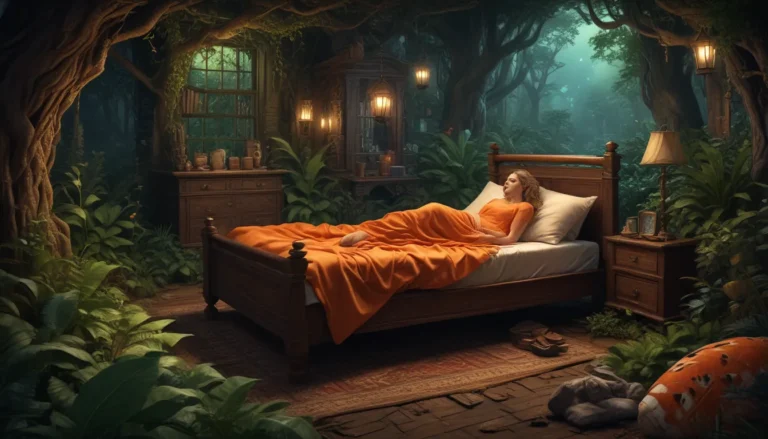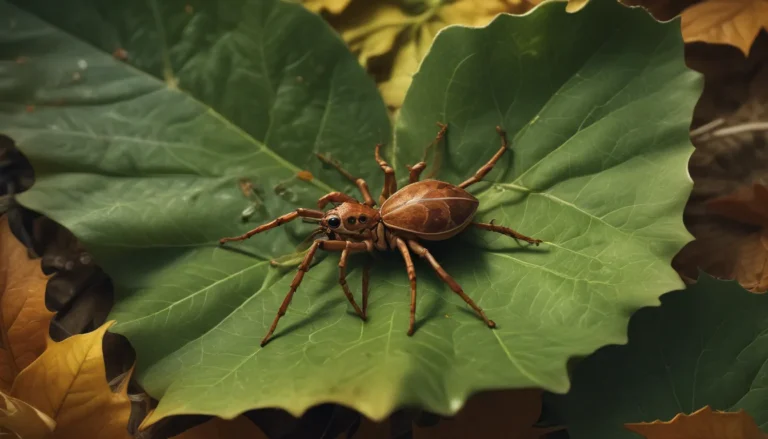The pictures we use in our articles might not show exactly what the words say. We choose these pictures to make you interested in reading more. The pictures work together with the words but don’t take their place. The words still tell you the important facts.
Welcome to the captivating world of the bilby, also known as the rabbit-eared bandicoot, a charming marsupial native to the vast and diverse landscapes of Australia. With its long ears and silky fur, the bilby has endeared itself to animal lovers across the globe. However, beyond its adorable appearance lies a truly fascinating creature with a host of unique traits and behaviors. Join us as we unravel 15 intriguing facts about the bilby, shedding light on its habitat, diet, reproduction, and conservation status. From its remarkable digging skills to its nocturnal lifestyle, the bilby is a creature worth celebrating and protecting.
Unveiling the Mysteries of the Bilby
Let's start our journey by exploring some key takeaways about the bilby, a marsupial that plays an essential role in the Australian ecosystem:
- The bilby, a symbol of Easter and a crucial seed disperser, is an endangered species that requires urgent conservation efforts to safeguard its future.
- Fascinating creatures with long ears, silky fur, and a rich cultural significance in Indigenous Australian heritage, bilbies are treasures worth protecting and preserving.
A Closer Look at the Bilby’s World
1. Bilbies Call Australia Home
The bilby, scientifically known as Macrotis lagotis, is a unique marsupial that is endemic to Australia. These creatures thrive in arid and semi-arid regions, showcasing their remarkable adaptability to diverse environments.
2. Masters of Burrowing
Bilbies are accomplished burrowers, thanks to their strong forelimbs and long claws. Their burrows can stretch over 3 meters in length and reach depths of up to 2 meters, providing them with shelter from predators and extreme weather conditions.
3. Creatures of the Night
As nocturnal beings, bilbies rely on their keen sense of smell and hearing to navigate and locate food during the darkness of night. Their nocturnal habits are a testament to their remarkable adaptations to their environment.
4. An Omnivorous Diet
Bilbies have a diverse diet that includes insects, seeds, bulbs, fungi, and small vertebrates. Among their favorite foods are the seeds of the spinifex grass, highlighting their critical role as seed dispersers in the ecosystem.
5. Sporting Signature Ears
One of the most striking features of bilbies is their long and slender ears, which can measure up to 12 centimeters in length. Not only do these ears enhance their hearing abilities, but they also aid in thermoregulation, ensuring their comfort in varying temperatures.
6. Agile Jumpers
Despite their small size, bilbies are adept jumpers, capable of leaping up to one meter high. This agility allows them to escape predators and reach food sources that may be out of reach for other creatures.
7. Luxurious Silky Fur
The fur of a bilby is soft, silky, and adorned with shades of gray, white, and tan. This unique coat not only provides them with camouflage in their natural habitat but also adds to their charm and elegance.
8. Complex Social Structures
Bilbies typically live in small family groups, with each group occupying its own burrow system. These groups exhibit a hierarchical structure, with dominant individuals maintaining territories and ensuring the cohesion of the group.
9. Endangered Status
The population of bilbies has dwindled significantly in recent years due to habitat loss, predation by introduced species like feral cats and foxes, and competition with livestock. Conservation efforts are essential to protect and reintroduce these magnificent creatures back into the wild.
10. Symbol of Easter
In Australia, the bilby has emerged as an alternative symbol of Easter, replacing the European rabbit. This shift highlights the importance of raising awareness and supporting conservation initiatives for this unique marsupial.
Delving Deeper into Bilby Wonders
11. A Quick Gestation Period
Female bilbies exhibit a remarkably short gestation period of 12 to 14 days, one of the shortest among mammals. After birth, the tiny undeveloped joeys crawl into their mother's pouch to continue their development.
12. Skilled Climbers
Adapting to life in arid regions, bilbies demonstrate agility in climbing small trees or shrubs to forage for food and evade predators. Their climbing abilities showcase their resourcefulness in challenging environments.
13. Superior Sense of Smell
Equipped with long snouts, bilbies possess an exceptional sense of smell that aids them in locating hidden food sources beneath the ground or within vegetation. Their keen olfactory senses contribute to their survival in their natural habitat.
14. Cultural Significance
The bilby holds profound cultural importance for Indigenous Australians, symbolizing the connection between humans and the land. Through Dreamtime stories, art, and traditional practices, the bilby plays a pivotal role in preserving Indigenous heritage and ecological knowledge.
15. A Call to Action for Conservation
Given their unique characteristics and ecological significance, bilbies are integral to maintaining the delicate balance of Australia's ecosystems. By supporting conservation efforts and raising awareness about their plight, we can contribute to the preservation of these endangered marsupials for future generations.
Embracing the Bilby’s Legacy
In conclusion, the bilby stands as a testament to the beauty and diversity of Australia's wildlife. With its enchanting features and vital ecological role, the bilby serves as a beacon for conservation efforts in the region. By understanding and celebrating the intricate connections between species and ecosystems, we can pave the way for a sustainable future where all creatures, including the remarkable bilby, can thrive.
Frequently Asked Questions
- What is a bilby?
-
The bilby, also known as the rabbit-eared bandicoot, is a small marsupial native to Australia, characterized by its long ears and silky fur.
-
What do bilbies eat?
-
Bilbies have an omnivorous diet that includes plant roots, bulbs, seeds, insects, and fungi.
-
Are bilbies endangered?
-
Yes, bilbies are classified as an endangered species due to factors such as habitat loss and predation by feral animals.
-
How long do bilbies live?
-
In the wild, bilbies typically have a lifespan of around five to seven years.
-
Are bilbies nocturnal?
-
Yes, bilbies are primarily active during the night, foraging for food under the cover of darkness.
-
Can bilbies be kept as pets?
-
No, bilbies are wild animals and are not suitable to be domesticated as pets.
-
How can I help conserve bilbies?
-
You can support bilby conservation efforts by donating to organizations dedicated to their protection, raising awareness about their conservation status, and advocating for their preservation at local and national levels.
-
Where can I see bilbies in the wild?
- Bilbies can still be spotted in certain areas of Australia, particularly in sanctuaries and protected reserves. Contact local wildlife organizations and national parks for opportunities to observe them in their natural habitat.
Join the Bilby Conservation Movement
Bilbies are more than just adorable creatures with long ears; they are vital components of Australia's rich biodiversity. By delving into the enchanting world of the bilby and understanding their significance, we can take meaningful steps towards their conservation and the preservation of our natural heritage. Let's stand together in safeguarding the future of the bilby and ensuring that this beloved marsupial remains a symbol of resilience and beauty in the Australian landscape.
